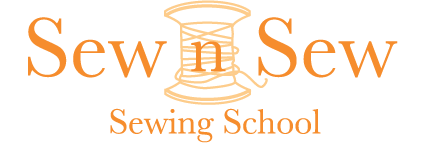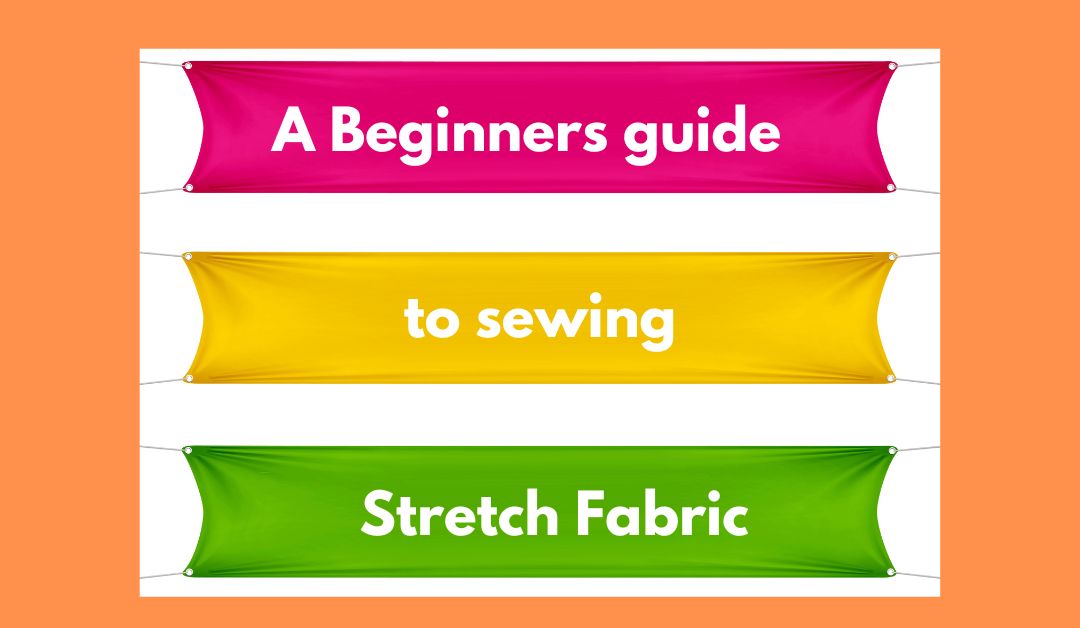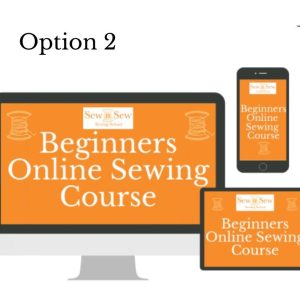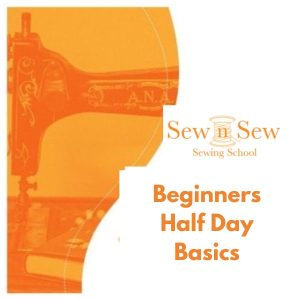Your guide to sewing stretch fabric
In this article, titled The Beginners Guide to sewing stretch fabric, I’ll guide you through everything you need to know to start sewing with stretch fabric.
If you’re new to sewing and feeling a bit intimidated by stretch fabrics, you’re not alone. Many beginners find working with stretch fabric challenging initially. However, with the right techniques and practice, you’ll soon be sewing stretch fabric with confidence.
Prep Your Machine
Before diving into your project. Set your machine to a stretch stitch or a narrow zigzag stitch on your machine. These stitches allow the fabric to stretch without breaking the threads.
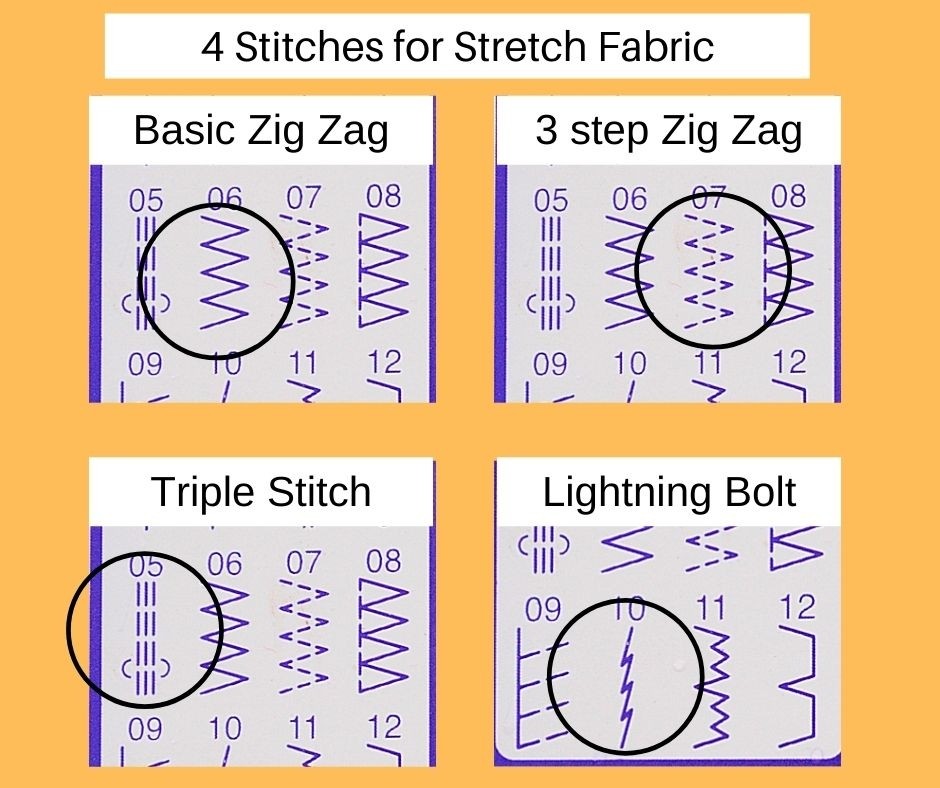
Practice Patience and Practice
Sewing with stretch fabric requires a bit more patience Take your time and practice on some scrap fabric before starting your actual project. This will help you get a feel for how the fabric behaves and how your machine handles it.
Stay Patient and Persistent
Choosing the Right Fabric and Needles
- When it comes to sewing stretch fabric, selecting the appropriate materials is crucial for achieving successful results. Here’s what you need to know about choosing the right fabric and needles for your project:
Fabric Selection
Stretch fabrics, also known as knit fabrics, are characterized by their ability to stretch and recover when pulled. Common types of stretch fabrics include Cotton jersey, Jersey, spandex, lycra, and rib knit.
Needle Selection:
Selecting the right needle is essential for sewing stretch fabric without causing damage or distortion. Here’s what you need to know about needle selection:
- Needle Type: For sewing stretch fabrics, it’s best to use a ballpoint or stretch needle. These needles have a rounded tip that allows them to penetrate the fabric without snagging or cutting through the fibers. The rounded tip also helps prevent skipped stitches and fabric damage.
- Needle Size: Needle sizes are indicated by a numbering system, with smaller numbers representing finer needles and larger numbers representing thicker needles. Choose a needle size based on the weight and thickness of your fabric. As a general guideline, use a size 75/11 to 90/14 needle for sewing stretch fabrics.
- Machine Compatibility: Ensure that the needle you choose is compatible with your sewing machine. Most modern sewing machines can accommodate various needle types and sizes, but it’s essential to check your machine’s manual or specifications to confirm compatibility.
Sewing with stretch fabric requires a bit more patience compared to sewing with woven fabrics. Take your time and practice on some scrap fabric before starting your actual project. This will help you get a feel for how the fabric behaves and how your machine handles it.
Finally, remember that sewing is a skill that takes time to master. Don’t get discouraged if your first few projects don’t turn out exactly as you’d hoped. Keep practicing, experimenting, and learning from your mistakes. With time and patience, you’ll soon be sewing stretch fabric with confidence.
I hope that The Beginners guide to sewing stretch fabric has made you feel more confident about starting your journey with stretch fabric.
If you are new to selecting fabric the Understanding Fabric Book will be help full when shopping for fabric.
The Know Your Fabric Book contains over 40 samples of the most popular fabrics available from Australian retailers, and explains how to use each of them.
